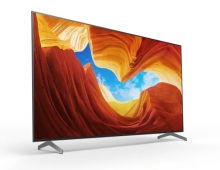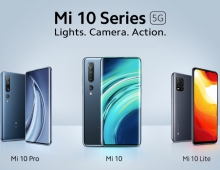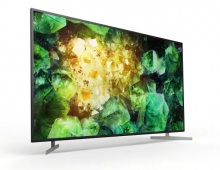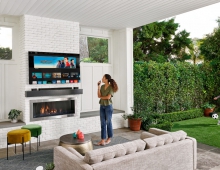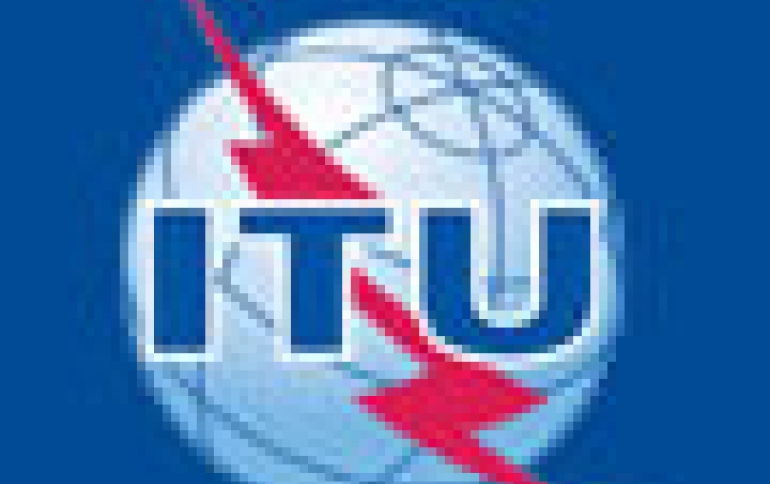
Ultra High Definition Television Standards Agreed
The International Telecommunications Union (ITU) has announced a new standard that represents a major advance in Ultra High Definition Television - or UHDTV television broadcasting.
ITU's Radiocommunication Sector (ITU-R) has developed the standard in collaboration with experts from the television industry, broadcasting organizations and regulatory institutions in its Study Group 6.
ITU-R Study Group 6 has agreed a draft new Recommendation on the technical details for 'Ultra High Definition Television' or UHDTV which is now being submitted to Administrations for approval.
The ITU-R Recommendation lays out the quality standards for UHDTV in two steps. The advances made with each of these quality steps are roughly similar to the step from the old standard definition television to high definition television (HDTV). HDTV pictures today have the equivalent of between 1-2 megapixels. The first level of UHDTV picture levels has the equivalent of about 8 megapixels (3,840 x 2,160 image system), and the next level comes with the equivalent of about 32 megapixels (7,680 x 4,320 image system). As a shorthand way of describing them, they are sometimes called the '4K' and '8K' UHDTV systems.
Ultra high definition picture quality is accompanied by improved colour fidelity, and options for higher numbers of pictures per second than for today's television systems. The new formats have the option of 'constant luminance' encoding, and allow up to 120 pictures/second.
David Wood, Chairman of ITU-R Working Party 6C (WP 6C), which developed the draft new Recommendation, said, "This is the dawn of a new age for television that will bring unprecedented levels of realism and viewer enjoyment. It's a historic moment. Some years will pass before we see these systems in our homes, but come they will. The die is now cast, thanks to the untiring efforts of the international experts participating in WP6C."
Broadcasters have been experimenting with the transmitting/receiving hardware requirements of UDTV signals, either using satellite (22GHZ) or terrestrial methods.
Japan's NHK public broadcaster of 7,680 x 4,320 video last week succesfully tested a terrestial transmission in Japan and plans to bring the technology in the following years. NHK, Panasonic, and JVC-Kenwood have also showcased large UHDTV 4K and 8K displays, along with a digital projector that can display 7,680 x 4,320 video at 120 frames per second. NHK and Hitachi Kokusai Electric Inc. have also developed a Super High Vision camcorder that can shoot 7,680 x 4,320-pixel video. The camcorder us using a single 2.5-inch CMOS sensor whose pixel count is 7,680 x 4,320.
In Europe, bradcasting tests of the UHDTV format will take place at the London Olympics.
ITU-R Study Group 6 has agreed a draft new Recommendation on the technical details for 'Ultra High Definition Television' or UHDTV which is now being submitted to Administrations for approval.
The ITU-R Recommendation lays out the quality standards for UHDTV in two steps. The advances made with each of these quality steps are roughly similar to the step from the old standard definition television to high definition television (HDTV). HDTV pictures today have the equivalent of between 1-2 megapixels. The first level of UHDTV picture levels has the equivalent of about 8 megapixels (3,840 x 2,160 image system), and the next level comes with the equivalent of about 32 megapixels (7,680 x 4,320 image system). As a shorthand way of describing them, they are sometimes called the '4K' and '8K' UHDTV systems.
Ultra high definition picture quality is accompanied by improved colour fidelity, and options for higher numbers of pictures per second than for today's television systems. The new formats have the option of 'constant luminance' encoding, and allow up to 120 pictures/second.
David Wood, Chairman of ITU-R Working Party 6C (WP 6C), which developed the draft new Recommendation, said, "This is the dawn of a new age for television that will bring unprecedented levels of realism and viewer enjoyment. It's a historic moment. Some years will pass before we see these systems in our homes, but come they will. The die is now cast, thanks to the untiring efforts of the international experts participating in WP6C."
Broadcasters have been experimenting with the transmitting/receiving hardware requirements of UDTV signals, either using satellite (22GHZ) or terrestrial methods.
Japan's NHK public broadcaster of 7,680 x 4,320 video last week succesfully tested a terrestial transmission in Japan and plans to bring the technology in the following years. NHK, Panasonic, and JVC-Kenwood have also showcased large UHDTV 4K and 8K displays, along with a digital projector that can display 7,680 x 4,320 video at 120 frames per second. NHK and Hitachi Kokusai Electric Inc. have also developed a Super High Vision camcorder that can shoot 7,680 x 4,320-pixel video. The camcorder us using a single 2.5-inch CMOS sensor whose pixel count is 7,680 x 4,320.
In Europe, bradcasting tests of the UHDTV format will take place at the London Olympics.


